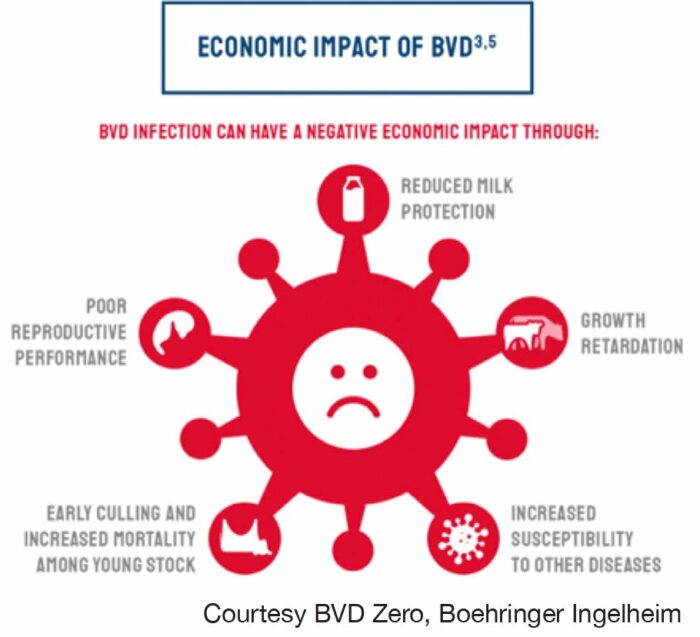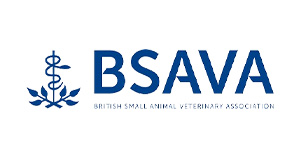Bovine Viral Diarrhoea (BVD): Protect Your Herd
Bovine Viral Diarrhoea (BVD): Protect Your Herd with Effective Control
Bovine Viral Diarrhoea (BVD) is a serious cattle disease with significant economic consequences, as illustrated in the BVDzero.com diagram (not shown here).

Published on: Jan 15, 2023
It can cause:
- Poor reproductive performance
- Reduced milk production
- Growth retardation
- Increased mortality in youngstock
- Increased susceptibility to other diseases
Our Experience with BVD Control
Our practice has participated in several BVD control projects, most recently the BVD Stamp it Out project (2018-2020). We tested 76 dairy and beef farms, finding:
- Exposure: 46% of farms had been exposed to BVD
- Persistently Infected (PI) Animals: 13% of herds had PI animals (these animals continuously shed the virus)
These findings highlight the prevalence of BVD and the importance of control plans.
The ADAM Approach to BVD Control
- Assess: Evaluate your herd’s risk of BVD introduction.
- Define: Determine if your cattle have been exposed or have PIs.
- Action: Remove PIs and implement biosecurity and vaccination protocols.
- Monitor: Regularly monitor youngstock for exposure and adult herds, especially purchased animals.
Vaccination: A Crucial Element
Vaccination is vital for most herds due to the risk of BVD spreading through borders and purchased animals. We recommend Bovela for its robust protection:
- Simple Dosing: One injection per year for breeding stock and heifers (at least 3 weeks before breeding).
- Effective Protection: Starts at 3 months of age.
- Easy to Follow: Simplifies vaccination protocols, improving disease control on busy farms.
Bovilis BVD Vaccine: An Alternative
We also offer Bovilis BVD vaccine, a more complex option:
- Multiple Doses: Requires a more intricate dosing schedule, especially for heifers.
- Less User-Friendly: Can be challenging to follow correctly, particularly in herds with year-round calving.
- Potential for PI Production: Improper dosing can lead to PIs remaining undetected.
Our Findings with Bovilis
During the BVD Stamp it Out project, no farm using Bovilis followed the dosing regimen accurately. Additionally, some farms using Bovilis still had PIs.
Effective Control Requires Monitoring
Straightforward control plans with regular monitoring are crucial for effective BVD protection. Discuss your herd’s BVD status with your vet and consider a BVD review to ensure optimal protection.

Author
Lottie Meire
Learn how to effectively prevent and control infectious bovine rhinotracheitis (BVD) in your cattle herd. Discover the importance of biosecurity, vaccination, and regular monitoring to protect your animals and improve herd health.
#BVD #InfectiousBovineRhinotracheitis #CattleDisease #DairyFarming #BeefCattle #Biosecurity #Vaccination #HerdHealth #AnimalHealth #Veterinary #FarmManagement











